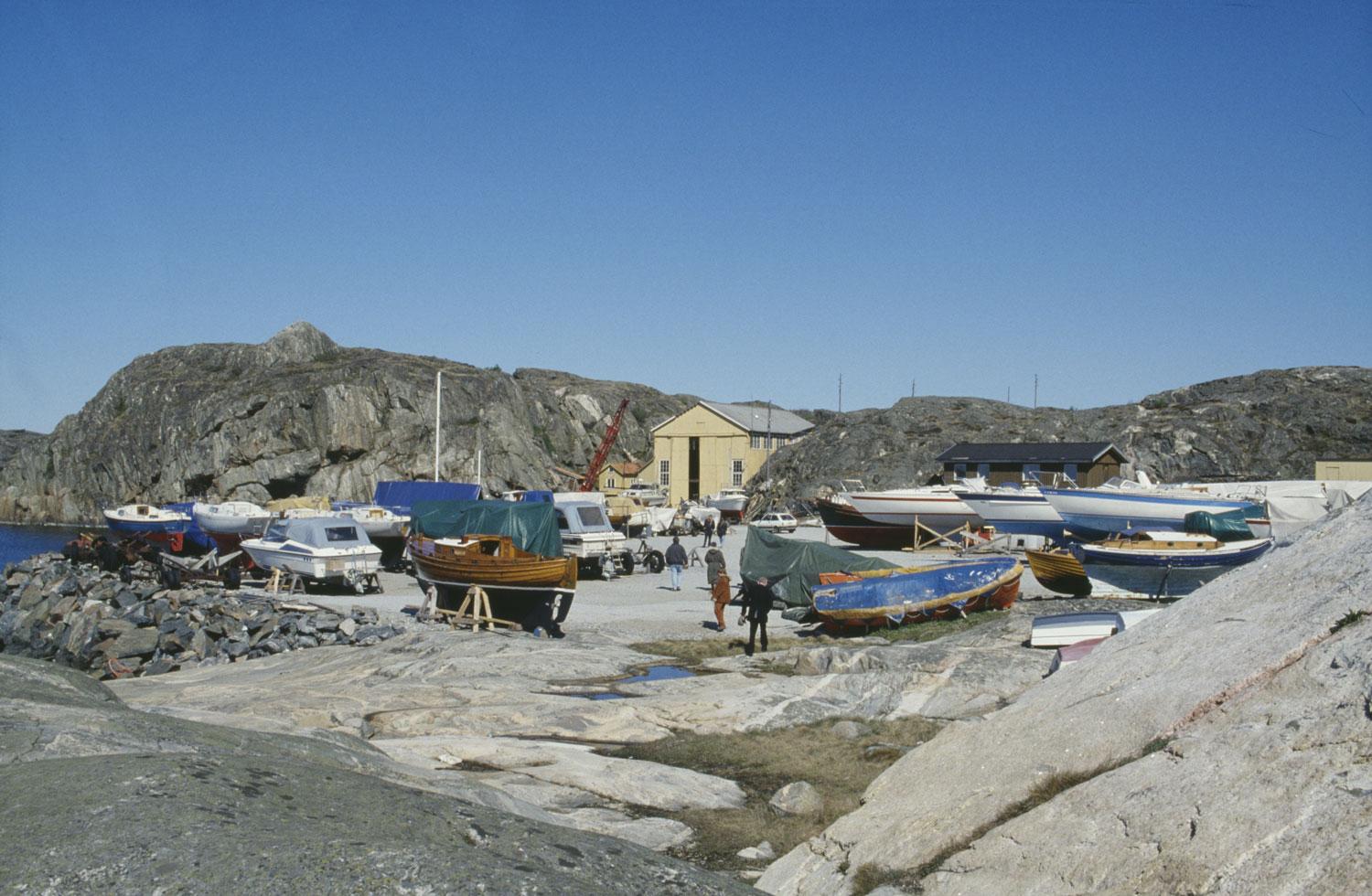- Startpage
- In English
- The Inventory
- Varvskompetens träskrov (wooden boats)
Varvskompetens träskrov (wooden boats)
Wooden boat shipyards have existed in Sweden since the Viking Age. In the 16th and 17 centuries several shipyards were built to build up a strong fleet and to develop merchant shipping.
Location: Nation wide
Several were added in the following centuries. From the middle of the twentieth century smaller wooden boats were mostly built, especially fishing vessels. Thereafter there was a marked decrease since new materials and new technologies were introduced, and today no similar commercial production exists. However, there are a few smaller shipyards that still have good knowledge on how to maintain vessels and boats with wooden hulls; knowledge of planking, frames, beams, braces and floor etc. Traditionally knowledge transfer in the shipbuilding industry occurred from older to younger generations, where people learned for many years and gradually gained more responsibility.
Even today there are considerable similarities with the way previous generations learned their trade. Although nowadays theoretical and practical training in woodwork is of great importance for the transfer of various special skills, the real school is the actual practice at the yard. The skill of renovating wooden hulls is of great importance in the field of Maritime history because it helps to keep the sailing cultural heritage in use. Conservation is mainly upheld today by volunteers, not least through the associations managing old sailing ships and also transferring the knowledge to sail them.

